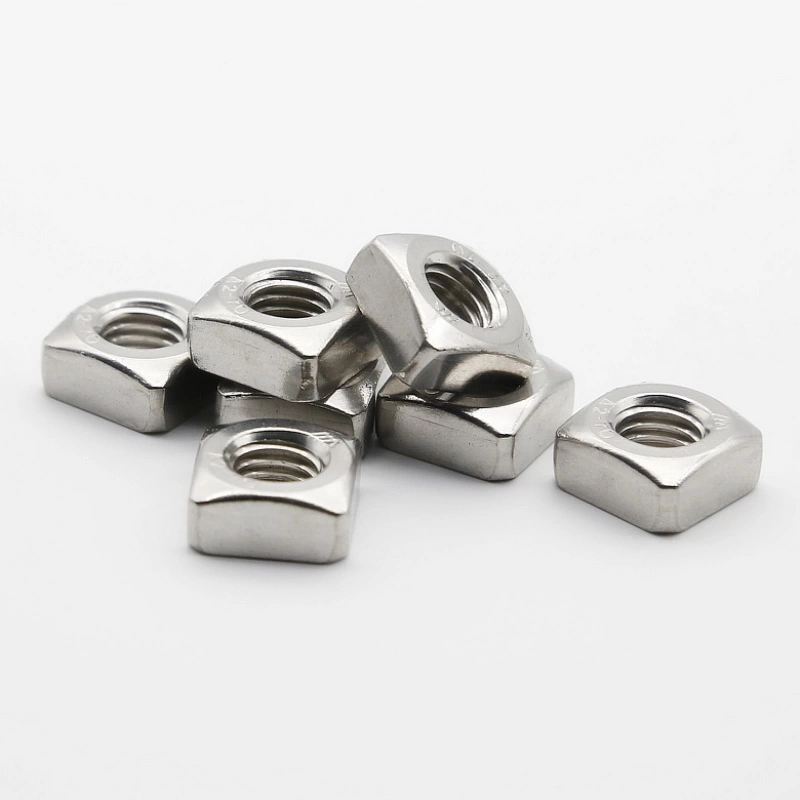

Installing Self-Drilling Screws for Steel Applications Effectively and Efficiently
Dec . 23, 2024 18:40 Back to list
Installing Self-Drilling Screws for Steel Applications Effectively and Efficiently
The Art of Self-Drilling Screws in Steel Applications
Introduction
In the world of construction and metalworking, self-drilling screws have become indispensable tools, especially when it comes to fastening materials like steel. These innovative screws, often referred to as tek screws, have revolutionized the way we approach metal joining, providing speed, efficiency, and reliability. This article will explore the advantages of using self-drilling screws in steel applications, their design features, and best practices for installation.
What are Self-Drilling Screws?
Self-drilling screws are specialized fasteners with a drill bit-like tip that enables them to penetrate and create their own hole in the material without requiring a pre-drilled pilot hole. This feature significantly simplifies the fastening process, particularly when working with steel, which can be tough and challenging to drill through using traditional methods. Typically made from hardened steel, self-drilling screws are designed to maintain their integrity and strength even under high levels of stress.
Advantages of Using Self-Drilling Screws in Steel
1. Speed and Efficiency The most significant advantage of self-drilling screws is their ability to save time. By eliminating the need for a pre-drilled hole, they allow for faster assembly and installation, which is particularly beneficial in large construction projects.
2. Cost-Effective Using self-drilling screws can reduce labor costs since fewer tools and steps are required for installation. The fast and straightforward process minimizes downtime and enhances productivity on the job site.
3. Strong and Durable Self-drilling screws are designed to offer superior holding power. Their unique thread design allows them to bite deeply into the steel, ensuring a secure and tight fit that can withstand vibrations and movement.
4. Versatility These screws are available in various sizes and lengths, making them suitable for different steel thicknesses and applications. They can be used for both interior and exterior projects, such as roofing, siding, and structural applications.
self drilling screws into steel

Best Practices for Installation
To maximize the performance of self-drilling screws, it’s essential to follow some best practices during installation
1. Choose the Right Screw Select the appropriate size and length of the screw for your specific application. Consider the thickness of the steel and the load it will bear.
2. Proper Tooling Use a cordless drill or impact driver with the right torque settings to ensure the screw is driven in without over-tightening, which could strip the material or damage the screw.
3. Pre-Drilling In some cases, particularly with thicker steel or harder materials, it may be beneficial to pre-drill with a smaller pilot hole to prevent material distortion and improve accuracy.
4. Follow Manufacturer Guidelines Always refer to the manufacturer’s instructions for the specific type of self-drilling screw being used, as these guidelines will provide essential information about installation techniques and torque specifications.
5. Inspect the Work After installation, it is essential to inspect the fastened joints to ensure that the screws are secure and properly driven. This quality control step helps identify any potential issues before they escalate.
Conclusion
Self-drilling screws have transformed the way we approach fastening in steel applications. Their speed, efficiency, and reliability make them a preferred choice in various industries, from construction to manufacturing. By understanding their benefits and adhering to best installation practices, users can ensure strong, durable, and long-lasting connections in their projects. As technology advances, we can expect the development of even more innovative fasteners that will further enhance our capabilities in metalworking and construction.
Latest news
-
High-Strength Hot Dip Galvanized Bolts - Hebei Longze | Corrosion Resistance, Customization
NewsJul.30,2025
-
Hot Dip Galvanized Bolts-Hebei Longze|Corrosion Resistance&High Strength
NewsJul.30,2025
-
High-Strength Hot-Dip Galvanized Bolts-Hebei Longze|Corrosion Resistance&High Strength
NewsJul.30,2025
-
Hot Dip Galvanized Bolts-Hebei Longze|Corrosion Resistance&High Strength
NewsJul.30,2025
-
Hot Dip Galvanized Bolts - Hebei Longze | Corrosion Resistance, High Strength
NewsJul.30,2025
-
High-Strength Hot Dip Galvanized Bolts-Hebei Longze|Corrosion Resistance, Grade 8.8
NewsJul.30,2025

